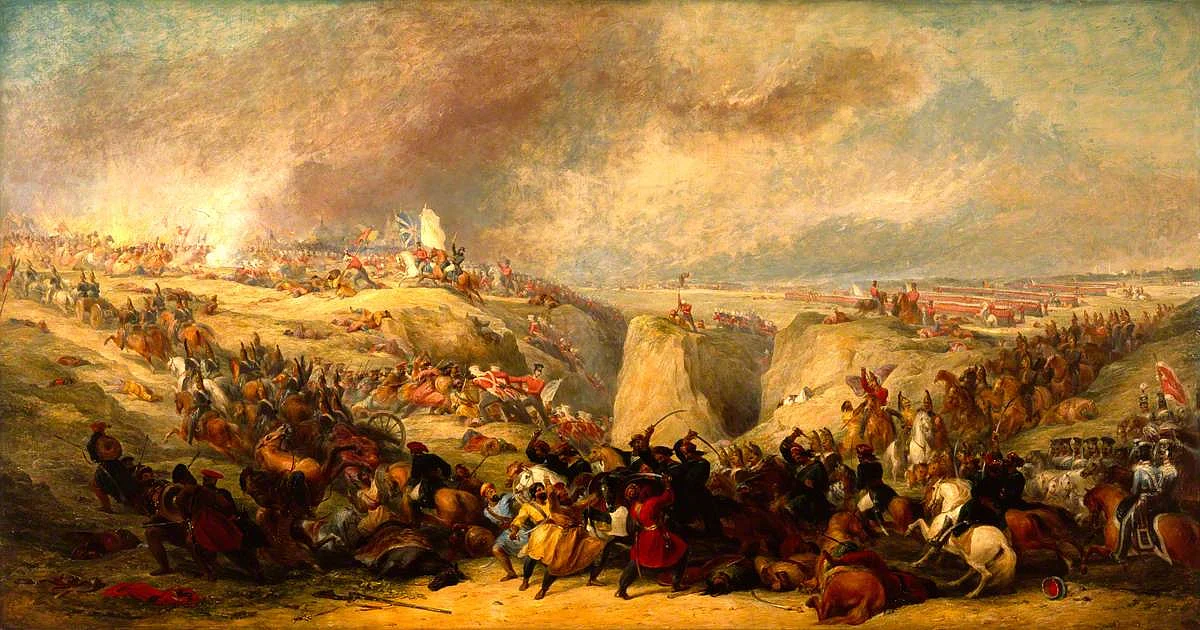As India celebrates another Independence Day today, it is important to remember that August 14 and 15 also mark the division of British India into the dominions of India and Pakistan. The independent countries of Pakistan and Bangladesh, a part of the subcontinent for centuries, were also ruled by the British as part of a united India.
Yet most Indians do not know about how the lands that make up the Pakistani provinces of Punjab, Sindh, Baluchistan and Khyber-Pakhtunkhwa as well as the eight divisions of Bangladesh came under the British yoke.
Particularly interesting is the story of the British conquest of Sindh in the 1840s. The ancient land, through which the Indus flows and which is bounded by the Arabian Sea to the south, has been a strategic crossroads for centuries. In the 1700s, the British first made contacts with ‘Scinde’, which was then an independent kingdom. This process was to accelerate in the coming years until the 1840s, when the British took over the entire land in a series of wars.
But in their path stood a black African slave, a member of the Siddi community of the subcontinent, which also gave other stalwarts like Jamaluddin Yaqut, Malik Ambar and the Nawabs of Sachin and Janjira.
And yet very few Indians today know the story of Hosh Muhammad Sheedi and how he fell fighting in the defence of Sindh.
The Kalhoras and Talpurs
In 1701, the rule of the Kalhora dynasty began over Sindh.
That year, Mian Yar Muhammad Kalhoro was granted the title of Khuda Yar Khan and appointed governor of Upper Sindh by the Mughal emperor. He later expanded his rule to other parts of Sindh, including Sehwan and Bukkur, effectively becoming the sole ruler of Northern and Central Sindh.
“Under the rulers of this dynasty, Sindh became a flourishing state,” writes Aftab Nabi in The Battle of Miani and the Conquest of Sindh (2018).
He adds: “However, subsequent to a little more than half a century, quarrels erupted between the Kalhoras and the Talpur family which, ‘at the time, held high office in the state, and from its position, had obtained great influence.’ During these disputes and strife, the neighbouring hill tribes of the Brohis joined in the conflicts and, ‘after a succession of bloody and cruel murders, the Talpurs, in 1779, overthrew their masters and usurped the government.’”
The Baloch Talpurs came to power in Sindh at a time when Central, West and South Asia were becoming a playground for the three imperialist powers of the day—Great Britain, France (which would soon come under Napoleon) and Tsarist Russia.
The French had already made gestures towards a strategic alliance with Tipu Sultan of Mysore in southern India. Meanwhile, Tsarist Russia was expanding into Central Asia and the Caucasus.
Sindh, on the northwestern edge of the subcontinent, was located at a strategic position.
“Great Britain, in particular, was very concerned about Russian intentions and movement towards Iran and wanted a buffer state between Russia and India. It was in this complex situation that Britain’s statesmen in London as well as in the East India Company were extremely keen to acquire a foothold in Sindh, control over the Indus, and the subjugation of Kalat, so that their route to Afghanistan could be made convenient and safe for the dispatch of troops,” writes Nabi.
In 1839, the British bombarded Manora in the harbour of Karachi and took over the city.
“From the early 19th century till about 1842, several treaties were forced on the Talpur rulers of Sindh through pressure tactics, and through these treaties, they were deprived of their hold and legitimate control in their province. The massacre of the British army in 1842 at Kabul was a disaster that was extremely humiliating for Britain and destroyed its image as an imperial power. In order to neutralize this impression and rebuild its image, Britain wanted complete control over Sindh,” adds Nabi.
